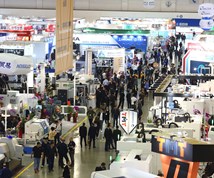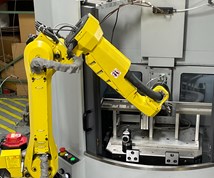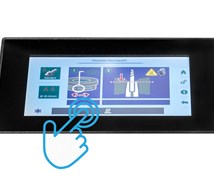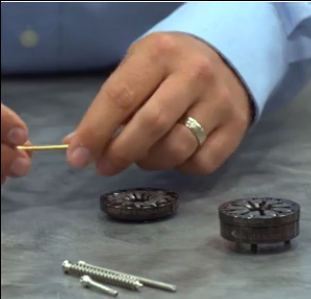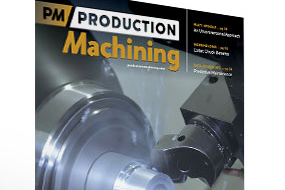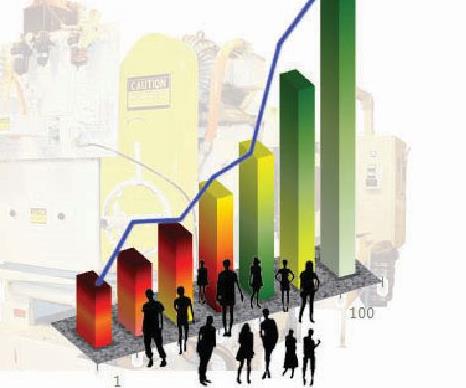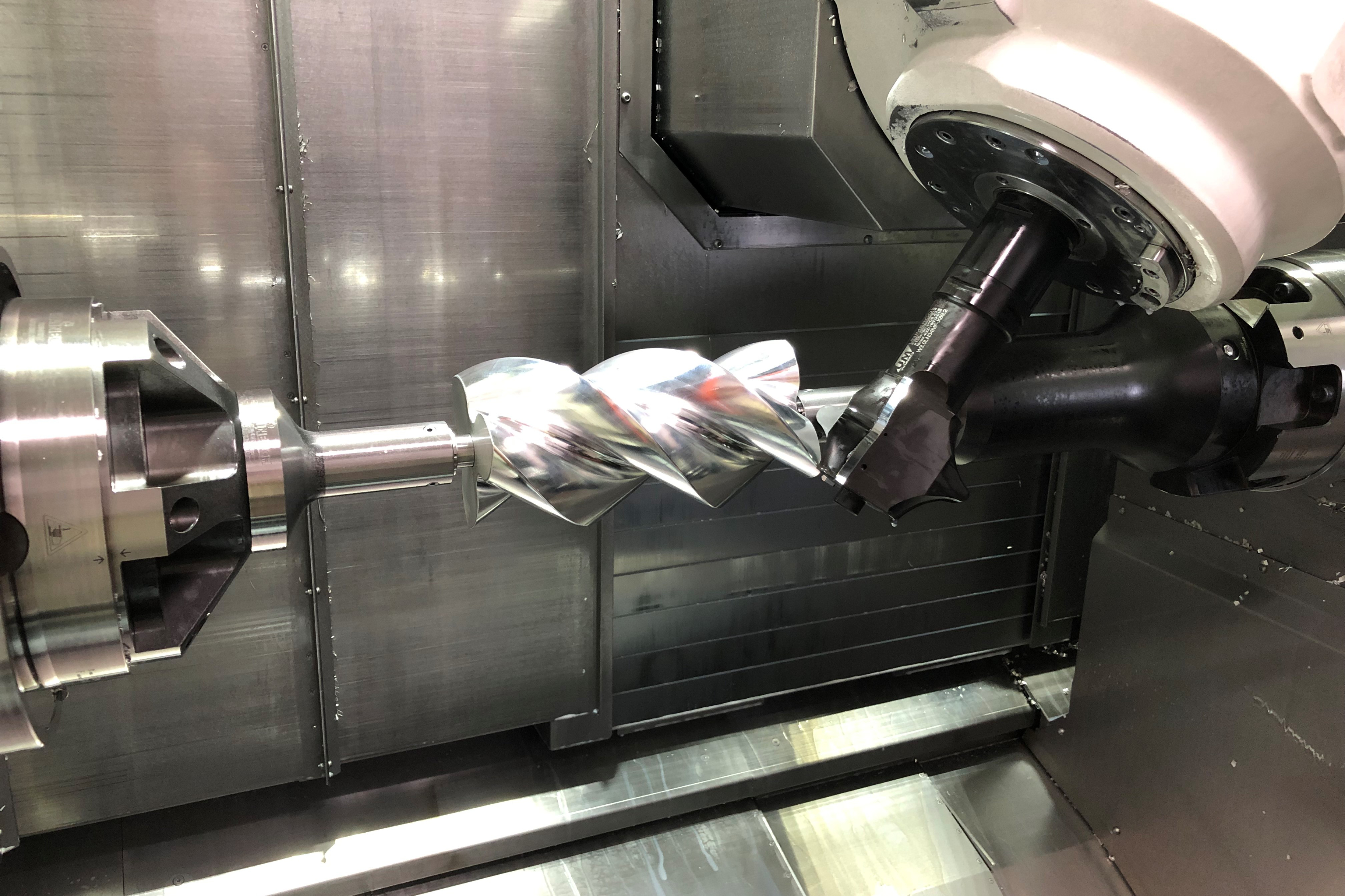Why Was CNC Machining on Display at the Biggest Show for Additive Manufacturing?
Machining is a complement to AM as a means of finishing metal 3D printed parts. The increasing adoption of AM for production means more need for postprocessing, particularly machining.
The annualFormnextshow, which took place last month in Frankfurt, Germany, is the world’s leading exposition on additive manufacturing (AM) technology. Yet one of the sights that caught my eye at the show this year was the presence of metalcutting CNC machine tools. This additive show had examples of live “subtractive” metal removal.
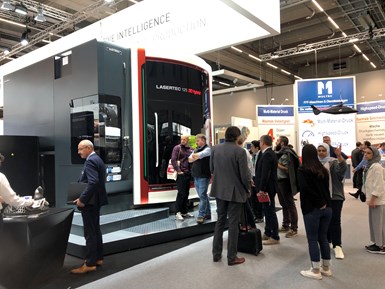
DMG MORIdebuted its Lasertec 125 3D hybrid machine, a large machining center capable of both AM via metal deposition and five-axis CNC machining. The work area, which measures 1,250 mm in diameter, accommodates big workpieces, allowing the hybrid capabilities to be used for applications such as mold repair.
To be fair, there always have been CNC machine tools at this show. That is, there have been CNC machines adapted for AM, includinghybrid machine toolsperforming both additive metal deposition and subtractive metal cutting in the same cycle. But this year, there were CNC machines doing just the subtraction and nothing else, just the cutting and nothing else — just the work we associate with machine tools. This is because CNC machining is acomplementto metal AM as a means ofpostprocessing, of realizing the final dimensional and finish tolerance of additive parts, and the ongoing advance ofAM into productionis making postprocessing an increasingly important part of Formnext’s exhibits.
Featured Content
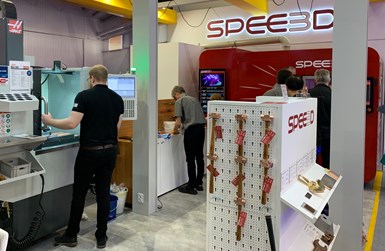
In Spee3D's booth, copper hammers made additively were CNC milled to finish tolerances.
One example was in the Spee3D booth. This company’s supersonic 3D deposition processbuilds metal parts rapidly在车展上,该公司展示了capability by building the rough form of a copper hammer in a metal 3D printing cycle that lasted about six minutes. Then, in the same booth, a Haas machining center finish-milled the part in a machining cycle of about the same length of time.
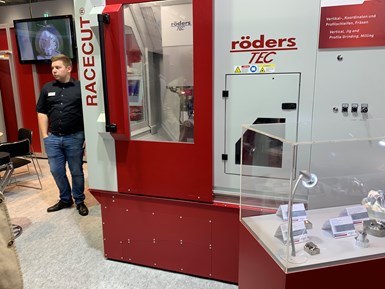
At the additive manufacturing show, Roeders demonstrated its high speed, precision five-axis machining.
Yet another exhibitor showed just CNC machining with no 3D printing. Machining center maker Roeders demonstrated its high speed, precision five-axis machining as an effective resource for rapidly milling the sort of intricate parts created by AM. The Roeders demo subtly conveyed another message as well. Namely, efficient and precise five-axis milling is also an excellent resource for producing those intricate forms in the first place, meaning additive isn’t the only way to make an intricate part.
From sister brandAdditive Manufacturing, read more abouttechnology and themesat this year’s Formnext and watch a video abouteight interesting 3D printed partsseen at the show.




.jpg;width=70;height=70;mode=crop)
